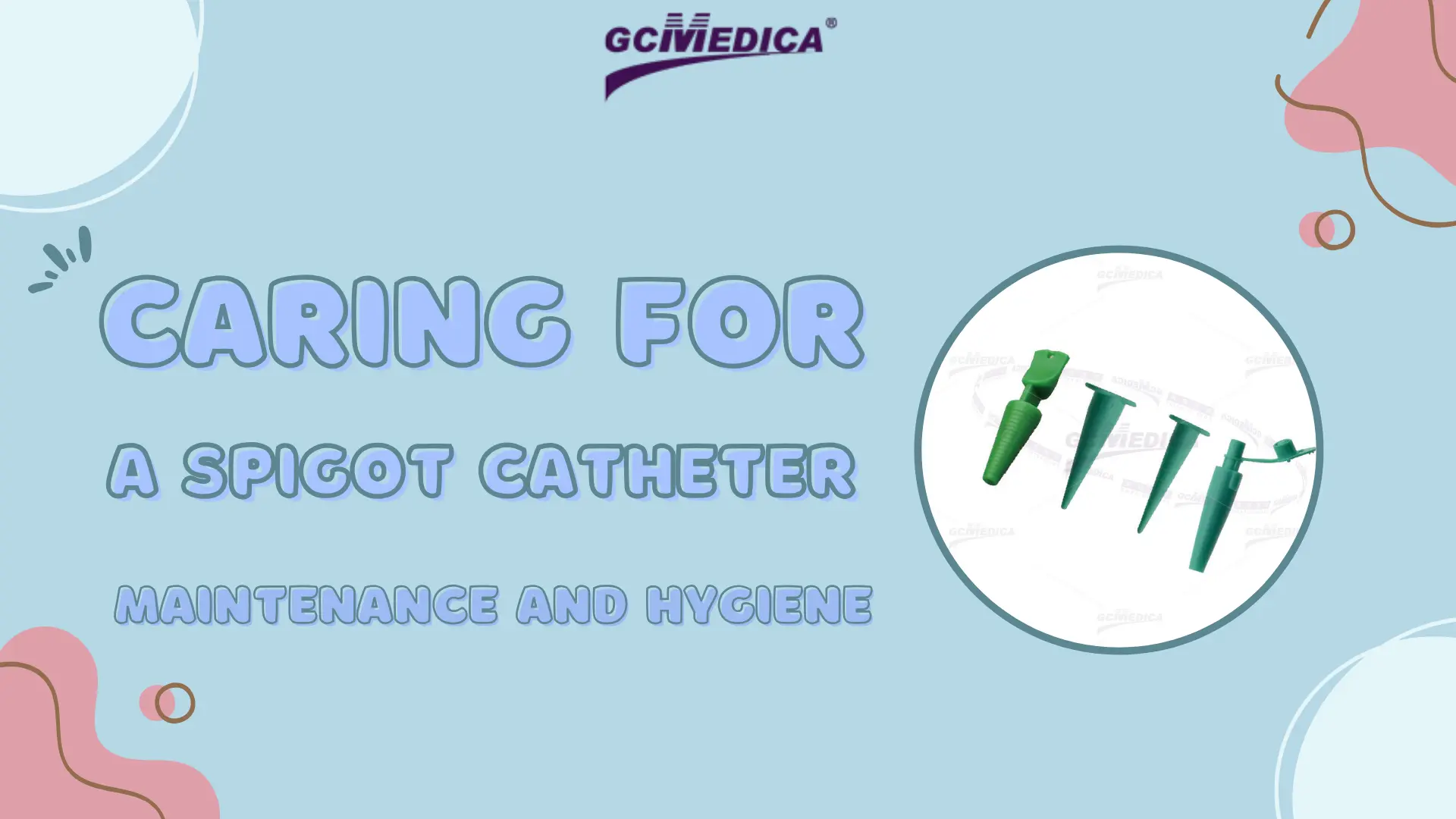- Laparoscopic & Endoscopic Products
-
Respiratory & Anesthesia
-
Oxygen Therapy
- Capnography Mask
- CO₂ Nasal Oxygen Cannula
- Elastic Head Strap Cannula
- Oxygen Mask with Swivel Connector
- Multi-vent Mask
- Non-rebreathing Mask
- Oxygen Mask with Adjustable Nose Clip
- Venturi Mask
- Nebulizer Mask
- Nebulizer with Mouth Piece
- Nebulizer Mask with Swivel Connector
- Tracheostomy Mask
- Nasal Oxygen Cannula
-
Airway Management
- Oropharyngeal Airway
- Nasopharyngeal Airway
- Laryngeal Mask Airway
- Tracheostomy Tube
- Endotracheal Tube
- Endotracheal Tube Introducer
- Intubating Stylet
- One-way Valve Mouthpiece
- Mucus Control Vacuum Valve
- Mucus Specimen Trap
- Mucus Extractor
- Mucus Extractor with Protective Sheath
- Disposable Aspirating Tube
- Anesthesia
- Closed / Open Suction Catheter
- Pressure Infuser
- ABC Mouthpiece and Filter Kit
- MDI Spacer
- Disposable Ezscope™ Pro Broncho
- Nose Clip
-
Oxygen Therapy
- Cardiothoracic Surgery
- Gynaecology
-
Urology
- CathVantage™ Portable Hydrophilic Intermittent Catheter
-
Cysto/Bladder Irrigation Set
- M-easy Bladder Irrigation Set
- B-cylind Bladder Irrigation Set
- S-tur Bladder Irrigation Set
- S-uni Bladder Irrigation Set
- B-uro Bladder Irrigation Set
- Premi Bladder Irrigation Set
- J-pump Bladder Irrigation Set
- J-tur Bladder Irrigation Set
- H-pump Bladder Irrigation Set
- Sup-flow Bladder Irrigation Set
- Maple Irrigation Set
- Peony Irrigation Set
- Nelaton Catheter
- Urinary Drainage Bag
- Urinary Drainage Leg Bag
- Enema Kits
- Sitz Bath Kits
- Click Seal Specimen Container
- Silicone Male Catheter
- Spigot Catheter and Adaptor
- Sandalwood Irrigation Set
- Freesia Irrigation Set
- Daffodil Irrigation Set
- Enteral Feeding Products
- Dental
- Fluid Management
- Warming Unit and Warming Blanket
-
Operating Room Necessities
- Pulsed Lavage System
- Magnetic Drape
- Suction Handle
-
General Surgery
- Perfusion Atomizer System
- Gastric Sump Tube
- Surgical Hand Immobilizer
- Administration Set for Blood
- Ear/Ulcer Syringe
- Bulb Irrigation Syringe
- Toomey Irrigation Syringe
- Mixing Cannula
- Basin Liner/Basin Drape
- Camera Handle Cover
- Light Handle Cover
- Medical Brush
- Sponge Stick
- Suture Retriever
- Needle Counter
- Disposable Calibration Tube
- Heparin Cap
- 100ML Bulb Irrigation Syringe
- Scleral Marker
- Surgical Light Handle
- Mucosal Atomization Device
- Durable Medical Equipment
- Patient Handling System
- Personal Protective Equipment
- PVC-FREE Medical Device
- Emergency
-
GCMEDICA Dispositifs médicaux jetablesJul 26 , 2024
-
GCMEDICA Dispositivos médicos desechables en EuropaJul 26 , 2024
-
GCMEDICA Disposable Medical Devices In EuropeJul 26 , 2024
-
GCMEDICA Disposable Medical Devices In North AmericaJul 26 , 2024
-
GCMEDICA Dispositifs médicaux jetables en EuropeJul 26 , 2024
Caring for a Spigot Catheter: Maintenance and Hygiene

A spigot catheter is a valuable medical device that requires diligent care to maintain its functionality and prevent infections. This blog is dedicated to providing comprehensive insights into the essential maintenance and hygiene practices that will ensure the well-being and comfort of individuals with a spigot catheter.
Understanding the Importance of Maintenance
Proper maintenance of a spigot catheter is crucial for the overall health and comfort of the patient. Regular care not only prevents infections but also ensures the device's longevity and functionality. Before handling the spigot catheter, it's imperative to wash your hands thoroughly with soap and water. Clean hands minimize the risk of introducing harmful bacteria to the catheter site. Gently clean the catheter insertion site and the surrounding skin with mild soap and lukewarm water. Avoid using harsh chemicals, fragrances, or alcohol-based products, as these can cause irritation. Regularly clean the removable spigot with warm water and mild soap. Ensure that it's completely dry before reattaching it to the catheter. A clean spigot prevents buildup and potential contamination.
Draining and Emptying Considerations
When it's time to empty the catheter, ensure the collection bag is clean and sanitized. Carefully open the spigot and let the urine drain into a suitable container, avoiding any contact between the spigot and surfaces that could lead to contamination. Follow your healthcare provider's instructions regarding how often to empty the catheter bag. Do not let the bag become overly full, as this can cause discomfort and lead to leakage.
Monitoring and Reporting Changes
Routinely check the catheter insertion site and the surrounding skin for any signs of infection, redness, swelling, or unusual discharge. Early detection of any issues can prevent complications. If you notice any concerning changes, such as pain, a foul odor, or unusual colors in the urine or drainage, promptly report them to your healthcare provider. Timely communication is essential for addressing potential problems. Attend all scheduled follow-up appointments with your healthcare provider to monitor the catheter's condition and receive necessary guidance.
Caring for a spigot catheter involves a combination of proper hygiene practices, vigilant monitoring, and collaboration with healthcare professionals. By following these guidelines, individuals can ensure the longevity and effectiveness of their spigot catheters while maintaining their own comfort and well-being. Remember, consistent care not only prevents infections but also contributes to a better quality of life for those relying on this valuable medical device.

